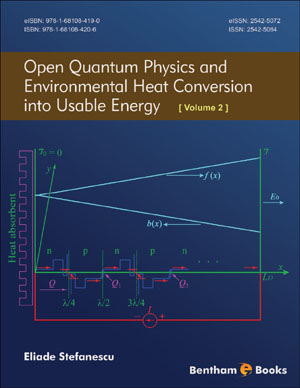Abstract
This work investigated the validity and efficiency of the coupling of the Lattice Boltzmann method with finite element schemes as well as rigid body approaches to model fluid-structure interaction (FSI). The results on two- and three-dimensional benchmark configurations are very promising and show that an explicit coupling scheme is able to produce accurate results which agree with reference solutions very well. The underlying fluid solver VIRTUALFLUIDS is based on adaptive hierarchical grids and component technology for parallelization. One target application is the simulation of a jet induced by a ship propeller which poses a substantial challenge to both the numerical scheme as well as to the software parallelization concept. Furthermore, the coupling to a rigid body dynamics engine (PhysicsEngine-pe) leads to the possibility to compute FSI problems with a huge number of particles which is the basis for numerical simulations in geothermal drilling, where the particles eroded by the drill head influence the fluid dynamics. A free surface Lattice Boltzmann approach coupled with rigid body motions shows further potential and demonstrates the broad applicability of the developed algorithms.
Keywords: Adaptive hierarchical grids, explicit coupling scheme, finite element scheme (FEM), fluidstructure interaction (FSI), geothermal drilling, Lattice Boltzmann Method (LBM), PhysicsEngine-pe, rigid body approaches, software parallelization concepts, VirtualFluids.













